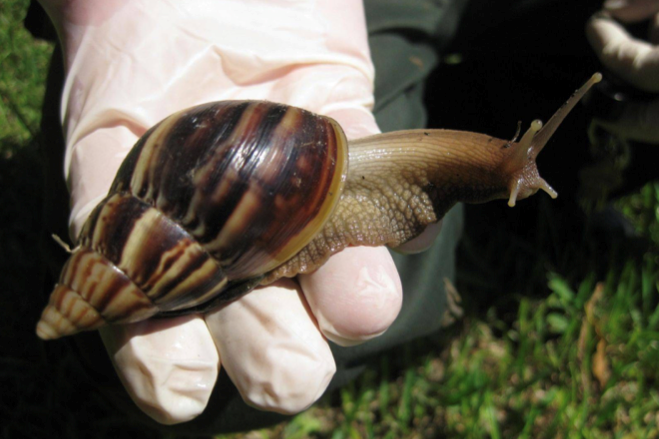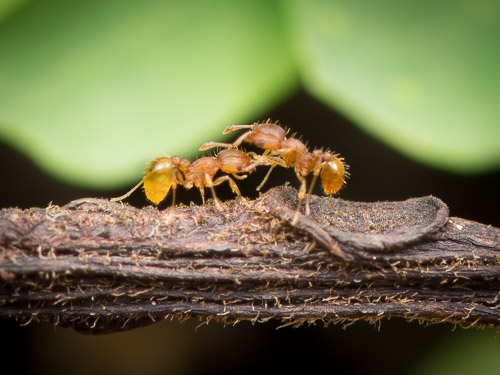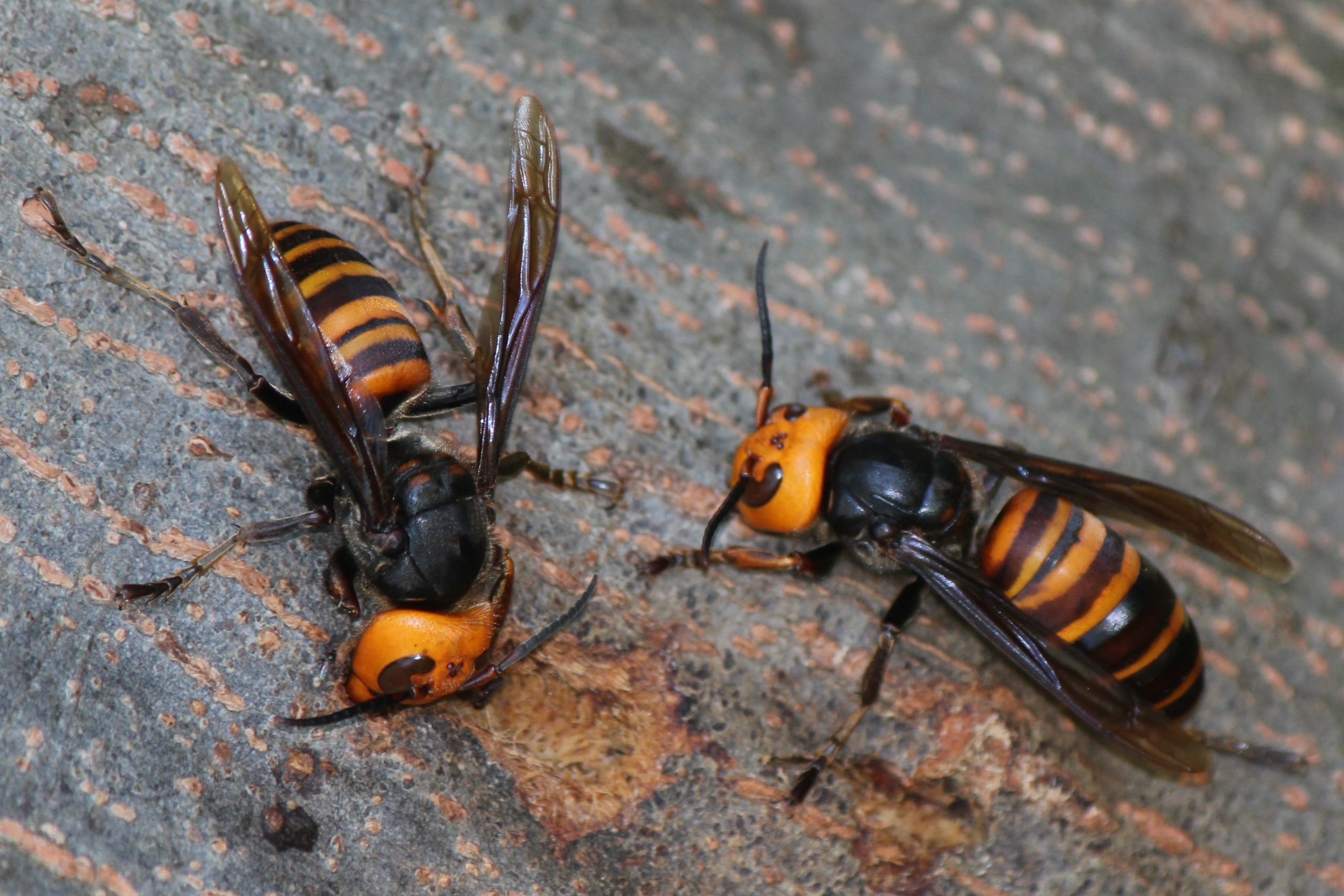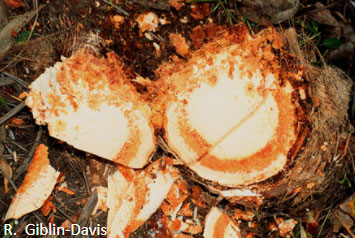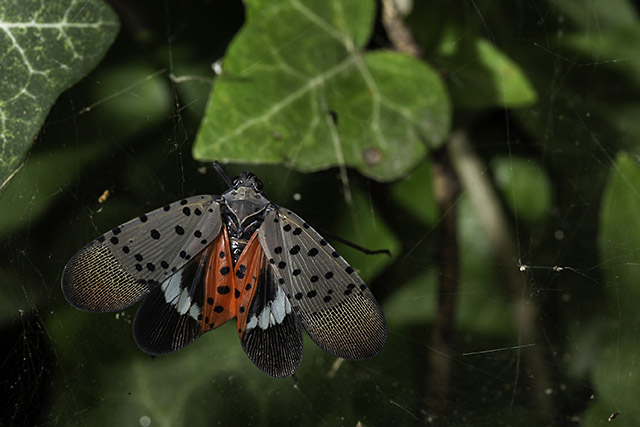Common name: Rapid ohia death
Scientific name: Ceratocystis lukuohia, C. huliohia
Status in Hawaii: Known from Hawaii Island and limited on Kauai and Oahu. Not currently known to be present on Maui, Molokai, or Lanai
The disease, rapid ohia death, is caused by aggressive fungal pathogens, Ceratocystis lukuohia and Ceratocystis huliohia. While both will kill the native ohia tree (Metrosideros polymorpha), C. lukuohia is more aggressive.

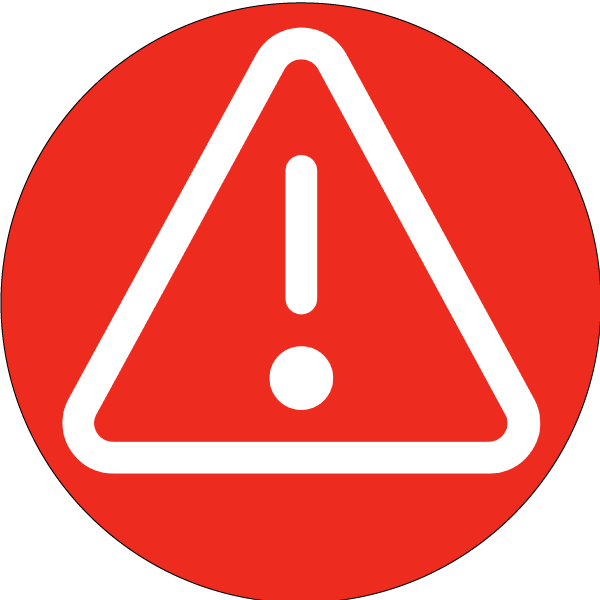
Impacts
- Only known to infect ohia (Metrosideros polymorpha).
- There are 350 million ohia trees in Hawaii, and over 1 million have been killed by the disease.
- Both strains of the fungus kill ohia, though C. lukuohia is faster.
- Ohia is the keystone tree of the native forest in Hawaii.
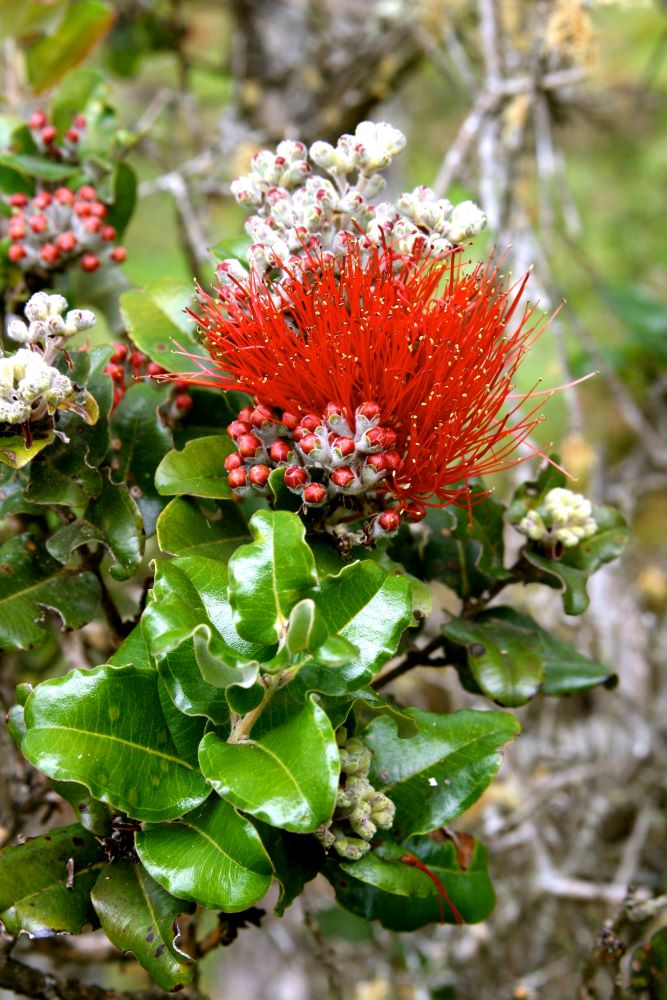


Identification
- Rapid browning of the leaves of ohia and subsequent death could indicate the presence of the disease.
- Sapwood has dark vertical stains.
- Definitive confirmation requires laboratory testing.
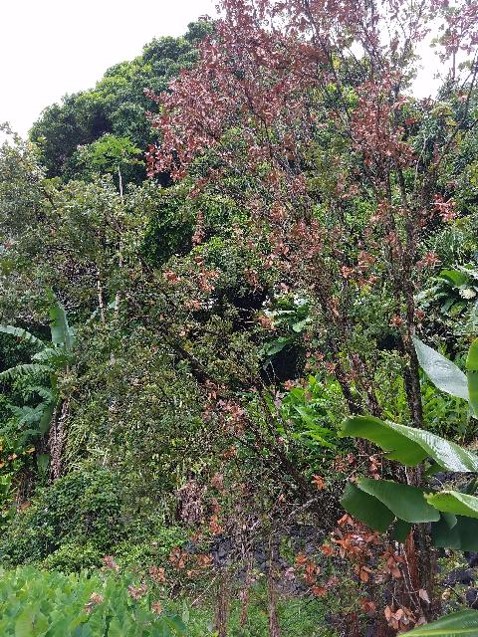


Vectors/Commodities
- The fungal pathogens can be moved long distances in infected ohia logs or plants as well as in soil carried from infected areas.
- The pathogens enter ohia through wounds in the bark and roots.

Distribution
- The pathogens arrived in Hawaii from elsewhere. First detected on Hawaii Island, the disease has been detected in trees on Kauai, Oahu, and Maui although county-based containment efforts have contributed to preventing widespread establishment.
- Hawaii Island: Hundreds of thousands of ohia have died from this fungus in all districts of Hawaii.
- Kauai: In May 2018, Ceratocystis huliohia, the less virulent of the two fungal pathogens causing rapid ohia death, was detected. In December 2018, Ceratocystis lukuohia was confirmed.
- Oahu: In July 2019, the first detection of C. huliohia was confirmed on Oahu. There are five confirmed cases to date. As of 2022, no C. lukuohia has been detected on the island of Oahu.
- Maui: In July 2019, a single ohia tree was confirmed to be infected with C. huliohia on Maui and that tree was destroyed. As of 2022, no C. lukuohia has been detected on the island of Maui. .


Best Management Practices
- This species is not widespread throughout the state. Prevention and early detection are key to containment and eradication efforts.
- Follow the Hawaii State Quarantine rule and don’t move ohia off Hawaii Island.
- Clean gear, boots, and vehicles before and after entering forests.
- To prevent the introduction of other similar pathogens, follow the Hawaii Department of Agriculture’s ban on importing plants in the myrtle family. Report any suspect symptoms of the disease to 643pest.org or by phone 643-PEST (7378).
Other Nursery Pests
PEST PREVENTION TRAINING
An advanced education program for those on the front lines protecting Hawaii from invasive species.
Contact your local Invasive Species Committee to schedule a training for your team. Learn more
This material was made possible, in part, by a Cooperative Agreement from the United States Department of Agriculture’s Animal and Plant Health Inspection Service (APHIS). It may not necessarily express APHIS’ views.














